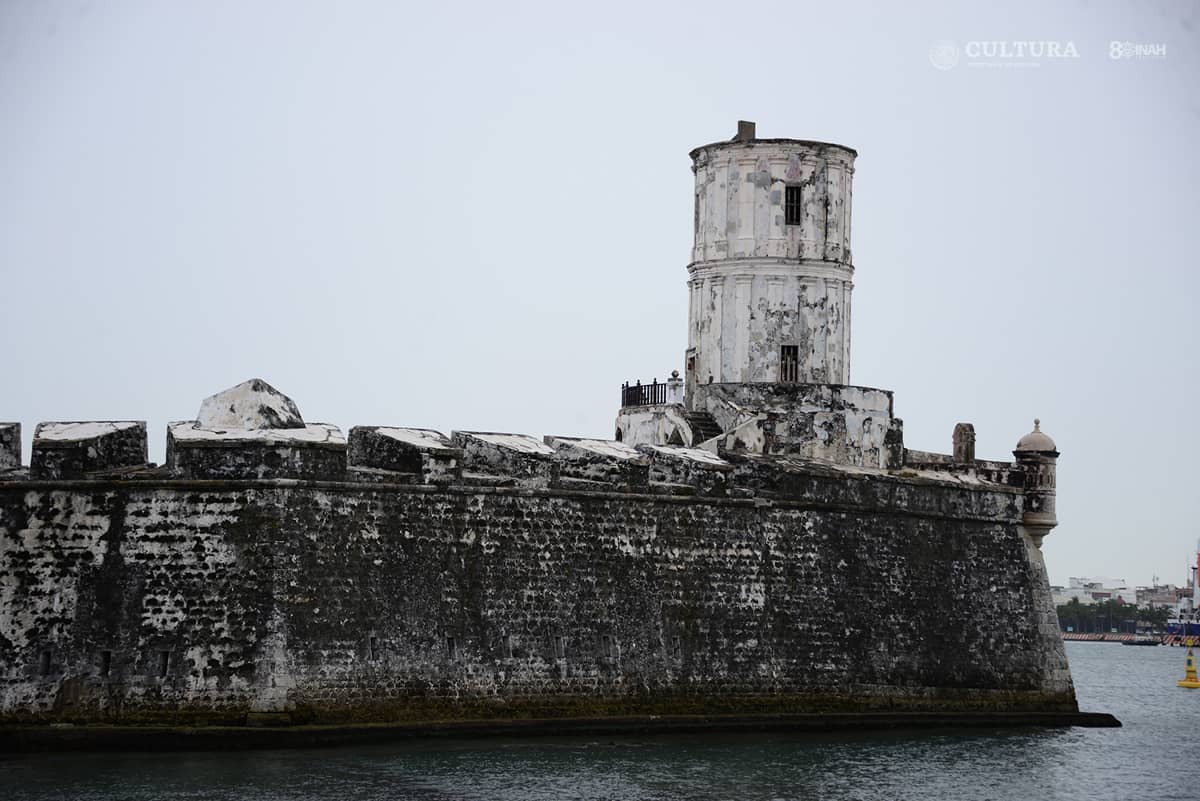What happened in the San Juan de Ulua fortress?
The island of San Juan de Ulua was the most protected point in the Gulf; from there travelers and cargo were transferred in small barges to the mainland; thus, San Juan de Ulua was a forced passage to reach New Spain.





